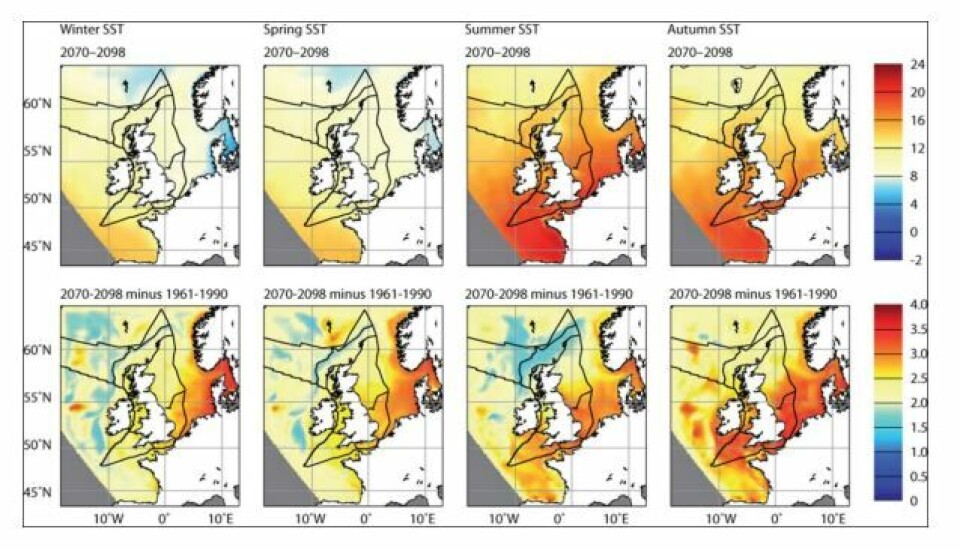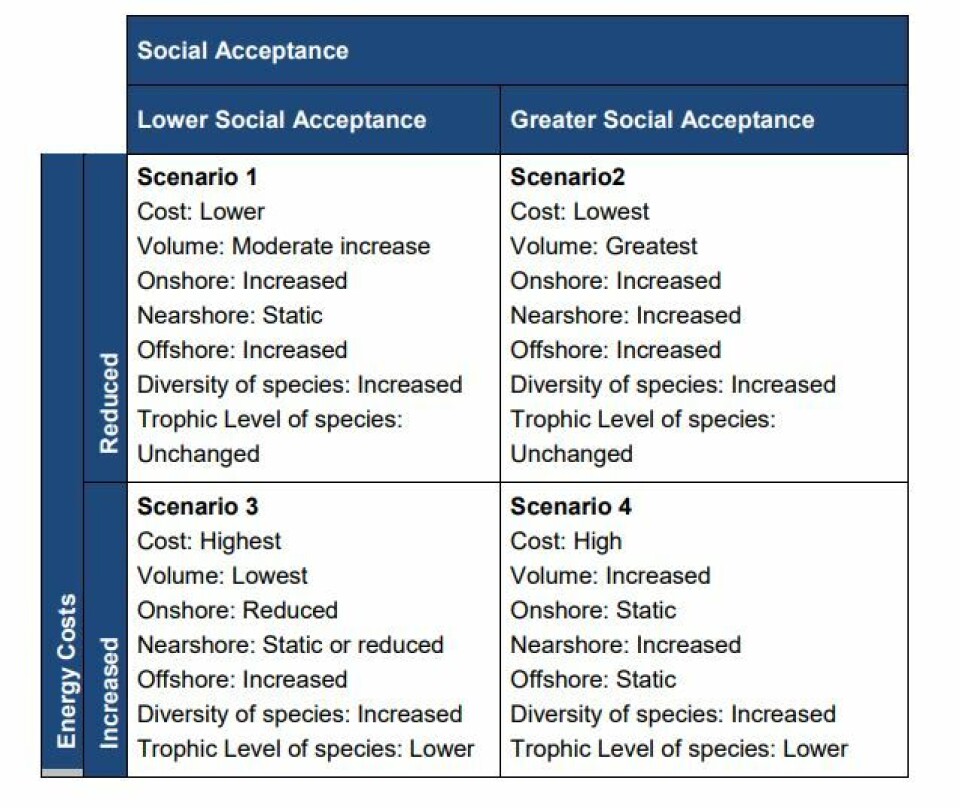
Energy and acceptability key to aquaculture growth
Energy costs and public perception are the two main factors that will affect how the aquaculture industry develops over the next few decades, a report by Oban-based Scottish Association for Marine Science (SAMS) Research Services Ltd outlines.
Climate change and government policy will also affect the industry's progress, according to Future of the Sea: Trends in Aquaculture, written by Professor Kenny Black and Dr Adam Hughes for the UK Government Office for Science.
The report outlines how the UK aquaculture industry could develop over the next 50 years and highlights global and national drivers for aquaculture in the UK to develop further, including: increasing demand for seafood for export and, domestically, a limit to the expansion of capture fisheries, and the development of technology that will reduce the environmental impact of aquaculture.
The two main drivers identified are the cost of energy and social acceptance of aquaculture. Energy prices will impact on feed, transportation, infrastructure and fabrication costs, while social acceptance of aquaculture in the UK population will influence policy and determine where sites can be developed.

The report explains that greater social acceptance and lower global energy prices would see the industry keep up with global growth.
Ocean acidification
But the potential impact of climate change has also been considered; factors such as sea surface temperature, extreme weather events, ocean acidification and disease and harmful algae could have major implications for how the industry develops.
Dr Hughes, lead researcher in sustainable aquaculture at SAMS, said: “This was a really exciting piece of work to undertake. To describe and understand where our food will be coming from in 50 years’ time was hugely challenging.
“There is no doubt that aquaculture will grow in importance globally, and it is critical to understand what will drive the direction of that growth, and what the future might look like, to better meet those challenges and opportunities.”
New producers
The UK fish and seafood market is currently dominated by imports (43 per cent) and capture fisheries (40 per cent) with aquaculture making up only 17 per cent of domestic supply. The main export markets for UK salmon are the USA (34 per cent), France (23 per cent) and China (12 per cent). The report says China is seen as the market most likely to grow.
It states: "UK is predicted to increase its share of the global farmed salmon market from 5.5 per cent (in 2008) to 9 per cent by 2030 (350kt). However, the reality is that Norway and Chile will likely expand faster than Scotland and the emergence of new producers such as Iceland could also erode the UK market’s share of salmon.

"In addition to this increase in market share, it is also predicted that the price will rise by 7.5 per cent in real terms between 2010 and 2030, with the main import markets for salmon being China (accounting for 55 per cent of the market), North America and Japan. This may have major implications for the price and availability of farmed salmon to the UK domestic market.
"If Chinese consumers shift towards high-value fish driven by demographic change, urbanisation and higher levels of income, the modelling predicts that the demand for salmon in China could double and account for 77 per cent of the world consumption."
Read the full report here.























































